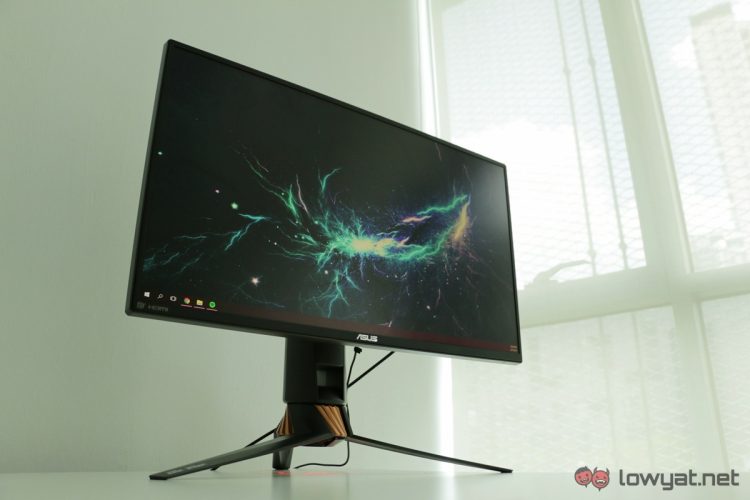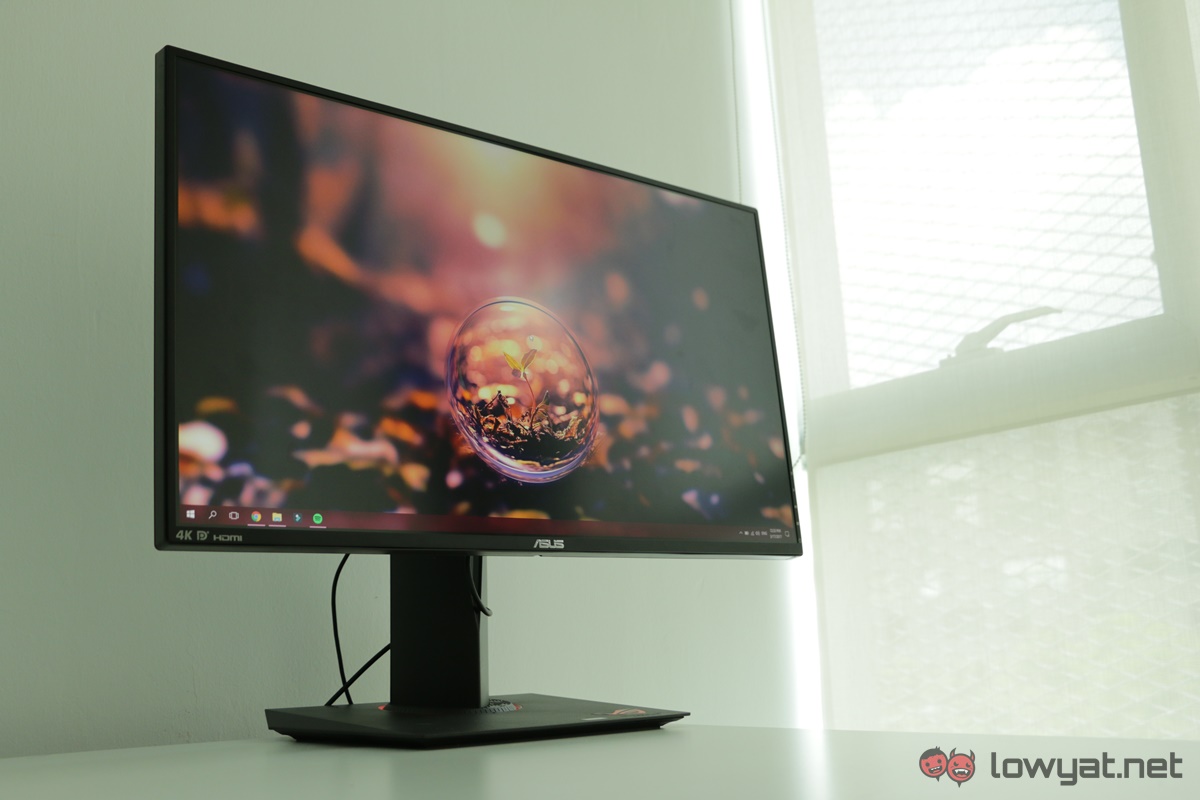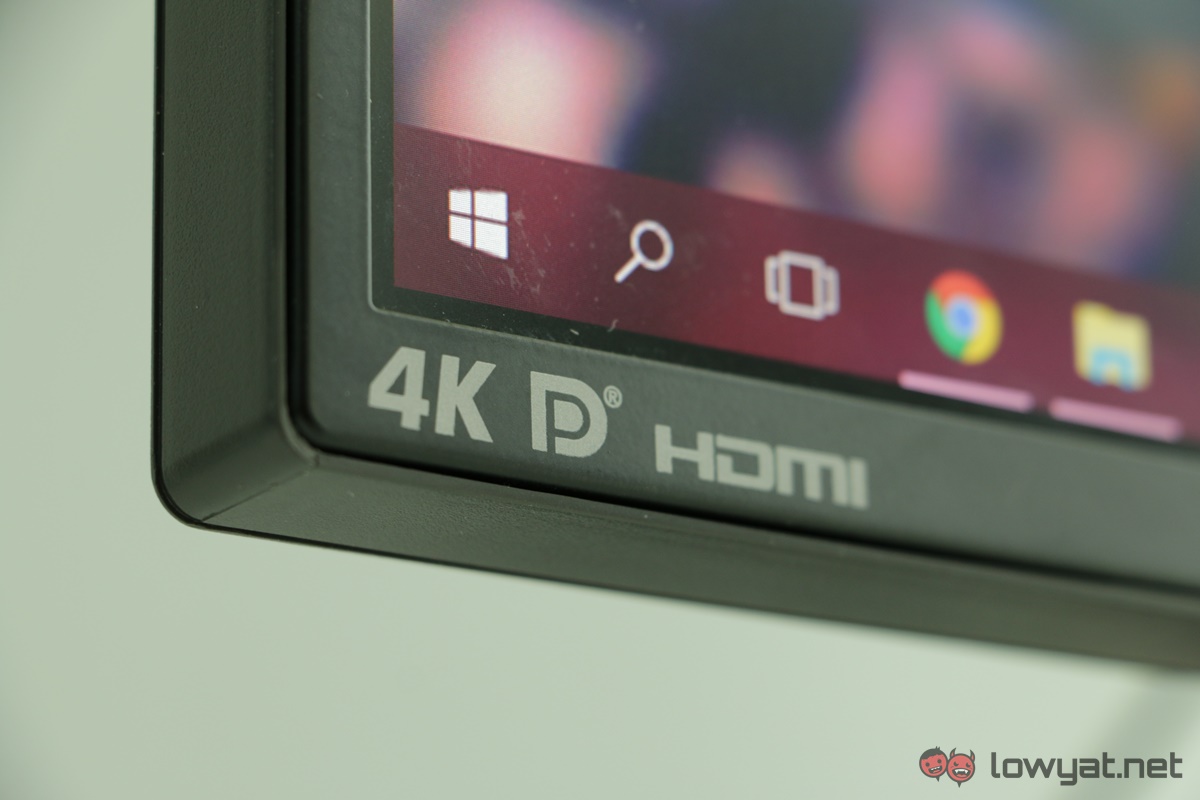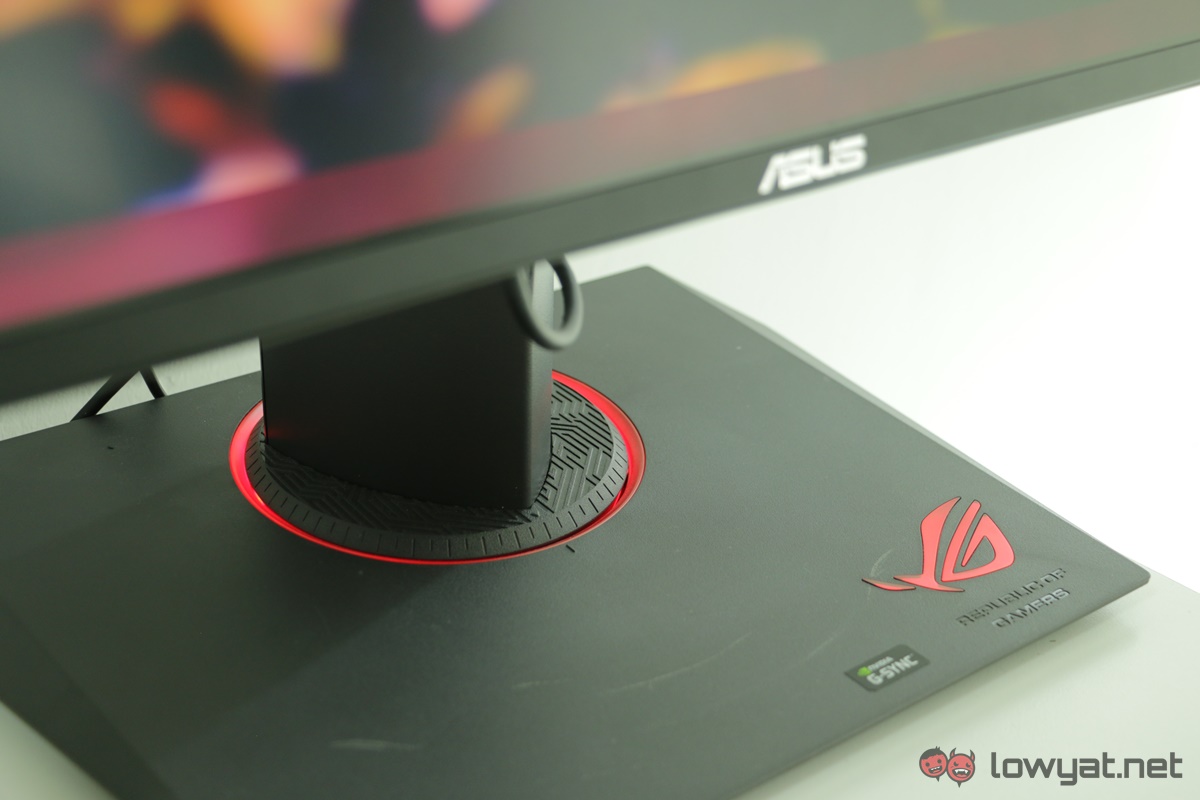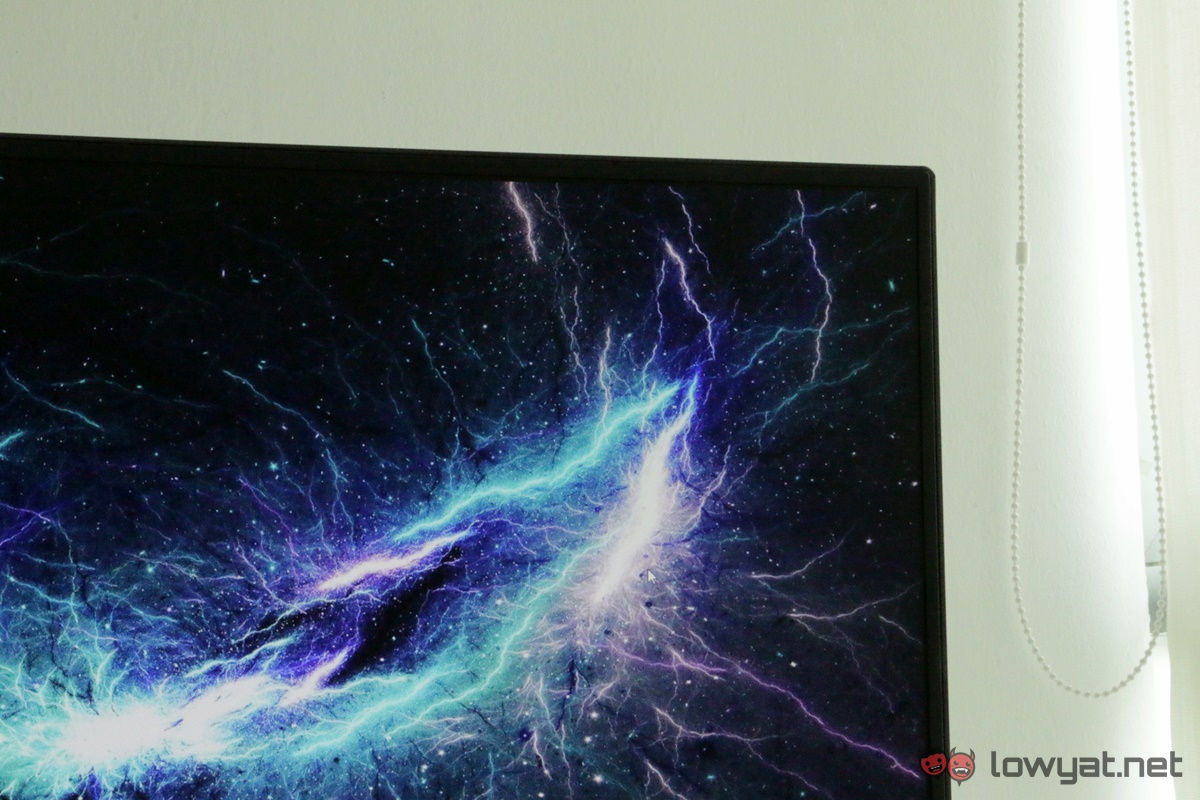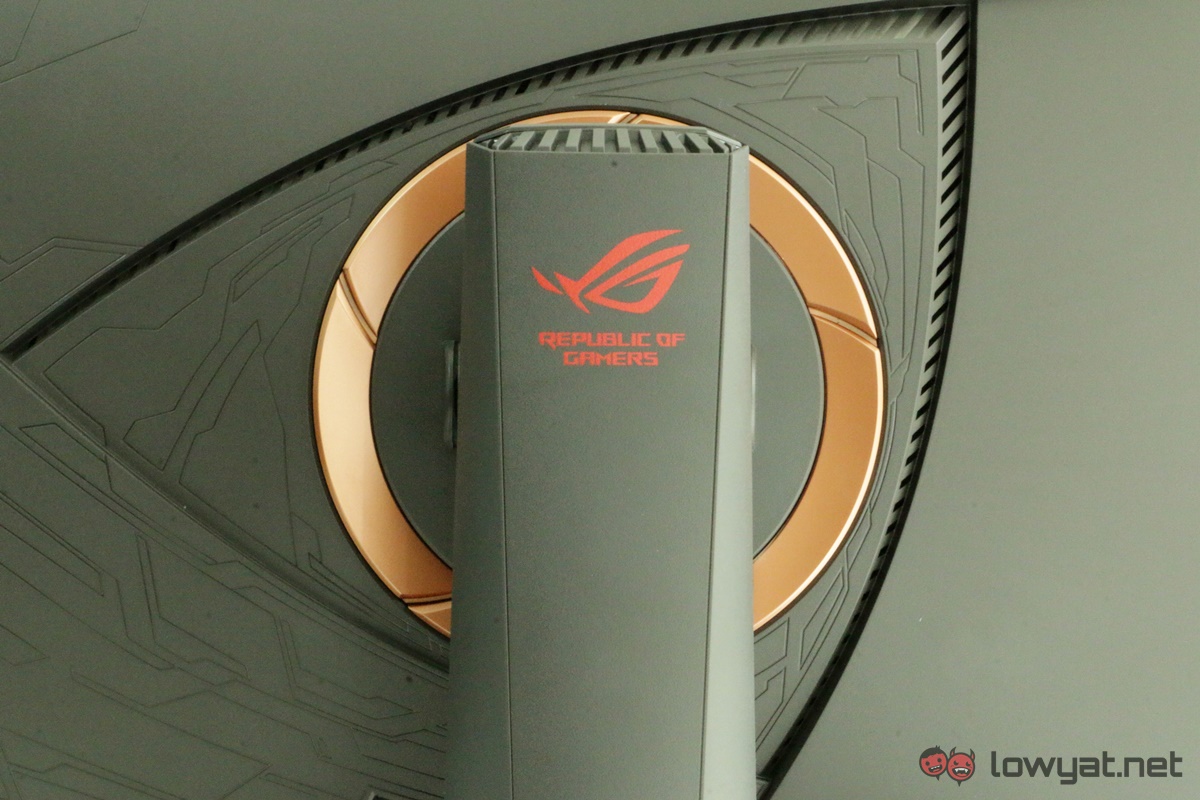A gaming PC system is not complete without a gaming monitor. Yes, a simple 19-inch monitor gets the job done, but it doesn’t scream “ultimate fragging machine!”. On a more serious note, there are actually a lot of legitimate reasons for the existence of gaming monitors.
Higher Refresh Rates
Refresh rates are defined as how often a monitor displays a new image on the screen per second; usually represented by Hertz (Hz). The higher the refresh rate, the more frames the panel is capable of displaying, resulting in a smoother visuals.
Regular monitors generally have refresh rates of 60Hz, which also translates to 60 frames per second. However, most good gaming rigs with powerful GPUs are more than capable putting out far higher refresh rates. In this case, the extra frames are either lost or result in screen tearing (which we will get to later).
A gaming monitor, on the other hand, is designed to handle much higher refresh rates. For instance, the ASUS ROG Swift PG258Q has a native refresh rate of 240Hz, while the ROG Swift PG248Q is overclockable to 180Hz.
Low Response Times
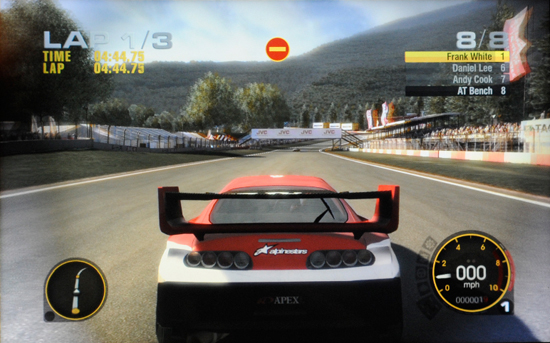
A monitor’s response time is crucial for some forms of gaming. A monitor’s response time is measured in the time, in miliseconds, for a pixel to change from fully active, to fully inactive, and back to active again; you’ll see this in the spec sheet as “x ms grey to grey (GtG)”.
A gaming monitor with a low response time is capable of showing your actions almost in real time, thus allowing you to respond to in-game actions more quickly.
This is not something that normally gets much attention, but fighting games like Street Fighter, Marvel vs Capcom, and Tekken rely on what some gamers call counting frames. A low response time goes a long way to being able to react in time to countering opponent attacks.
There is also the matter of ghosting; that being the trails of motion left behind when you move around in-game. The solution to that will be to lower the response time, which in turn, improves gameplay and leaves you less dizzy.
Anti-Tearing Technology
Screen tearing is a visual artifact that occurs when the monitor’s refresh rate is not in sync with the video feed to the device (as explained earlier). To remedy this, companies have come up with their own anti-tearing technologies like AMD FreeSync, Adaptive Sync, and Nvidia G-Sync built into a gaming monitor.
AMD’s FreeSync lets your gaming monitor synchronise its refresh rate to your GPU while staying in the variable refresh rate (VRR) window of your monitor. On the other hand, Adaptive Sync dynamically changes the display’s refresh rate to the different gaming content being displayed. As for Nvidia’s G-Sync, it uses both hardware and software solutions to reduce screen tearing in-game, regardless of the gaming monitor’s refresh rate.
Quality Colour And Black Levels
Depending on the game, colours play a huge factor as it helps set the mood and increase immersiveness; this applies more to single-player games than competitive ones. There’s something to be said about enjoying the vistas of Far Cry 4 or Skyrim with a proper colour range. More importantly, space games like Stellaris and Eve: Online look fantastic on monitors that can fully capture the inky blackness of space.
This is where the display panel technology of a gaming monitor comes into play. Cheaper gaming monitors use TN (twisted nematic) or VA (vertical alignment) panels, which have inherently fast refresh rates but usually at the cost of poor colour reproduction. IPS (in-plane switching) panels display a larger spectrum of colours with wider viewing angles, but its response time is generally slower than the two above; they’re also pricier than TN and VA gaming monitors. Newer IPS panels are capable of up to 2ms GtG (grey to grey) response times, though.
In addition, some gaming monitors like the ASUS PG27UQ have High Dynamic Range (HDR) technology, which expands the monitor’s colour and contrast range. That results in better colour reproduction, including displaying even amounts of black. Colours will appear punchy and vibrant, giving you better picture quality, while blacks will have an equal shade without the lighter areas looking overexposed.
Improved Positioning
Ergonomics is something that isn’t often spoken about, but it matters. Spending thousands of Ringgit on a gaming chair is one thing, but complementing that with a gaming monitor that can be adjusted easily is icing on the cake. A cake that prevents future back and neck problems.
Gaming monitors these days have a wider range of motion than conventional monitors, often allowing for movements in up to four axes. This gives gamers full flexibility to find the most comfortable position to match their gaming preference.
Prevention of “Computer Vision Syndrome”
As our lives are increasingly spent in front of a computer or smartphone display, the emergence of “computer vision syndrome” has become more prevalent. “Computer vision syndrome” is a collection of health issues caused by prolonged exposure in front of a digital display. These include eye strain, headaches, fatigue, as well as red or burning sensations in the eyes.
Most gamers tend to game in the dark or at least in low light conditions, with the monitor being the only source of illumination. This makes gamers more prone to “computer vision syndrome” than others – thankfully, some brands are taking steps to help.
ASUS’ new line of monitors feature ASUS Eye Care technology built in, which incorporates ergonomics, flicker-free and anti-glare screens, and most importantly, the option to control blue light emission from the on-screen display (OSD).
Blue light is the portion of visible light that has the shortest wavelengths and the highest energy. High exposure to blue light is known to be harmful for the retina and corneas. Blue light also suppresses the production of the hormone melatonin, which induces sleep. Given that most gamers tend to game well into the wee hours of the night, this is particularly important.
Do You Need A Gaming Monitor?
Yes, especially if you play games. A gaming monitor with high refresh rates and low response times improve the gameplay experience; and actually provide a competitive edge in some situations. Anti-tearing technology makes visuals on a gaming monitor more consistent, while better colour reproduction improves not only games, but just about everything else as well.
Finally, the combination of better ergonomics and eye care technologies in higher-end gaming monitors make them worthy investments not just for gamers, but for anyone who spends plenty of time in front of a PC.
Disclaimer: This article is sponsored by ASUS Malaysia.

